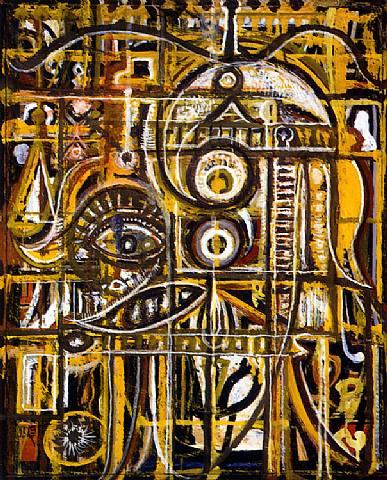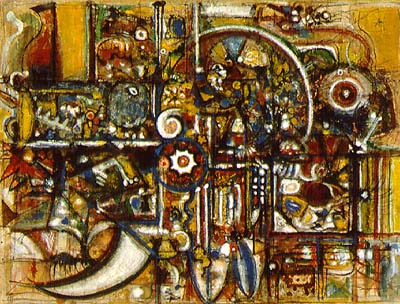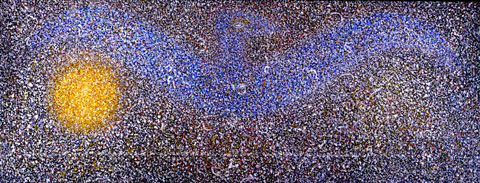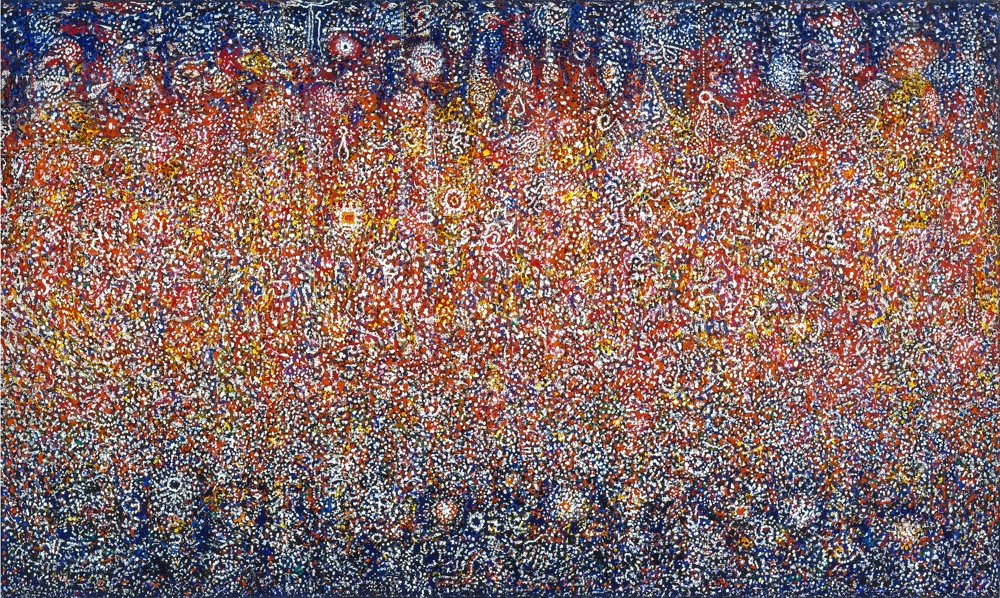I’ll tell you up front,
this one’s going to be a little biased. Leonard
and I started corresponding around 1997 or ’98, and exchanged thoughts, poems
and ideas for the rest of his life. He
did this with a lot of people, and I’m sure it made us all feel special. Leonard’s generosity was one of his defining
characteristics. He wasn’t precious
about his writing, like too many writers are these days. He didn’t hide poems away, refusing to share them
until they was published, as if the act of publishing would somehow increase their
validity. He constantly mailed (and,
later, emailed) small unpublished collections to people he knew, just to let us
see where he was in his writing. I saved
everything he ever sent, and I’m pretty sure the vast majority of it remains
unpublished.

But anyway…..
THE INSTRUMENT OF OTHERS (published by RD Armstrong’s
Lummox Press in 2012) was Leonard’s last collection, and an excellent representation
of the style(s) he was pursuing in his maturity. He was tired of contemporary “American”
poetry, of (I think) the Bukowski-clone sensitive tough guy bullshit, the
whiny-ass confessionalism, the semi-illiterate diary breathlessness that has
come to define so much of non-academic American poetry in the 21st
century. He read translations of
European and Asian writers, writers probably unknown to most of us, and then he
filtered their voices through his own ascetic to come up with a wholly unique
style. And he named the authors he was
reading, which I love. David Huerta is
mentioned in this final collection, as is Deborah Digges (an American, with
similar sensibilities to Cirino’s), as is Harry Martinson, and so on. The section “Lazy Bones: Listening to the Earth” is comprised entirely of
interpretations of works by a wide variety of Chinese poets. And, in the end, everything on the page is
pure Cirino.
Nature images abound in this book (indeed, in work
throughout his career). Nature, for
Cirino, is a major aspect of spirituality. Even his images of decay and ruin are
presented with a hushed awe. Life leads
to death (and no one knows that better at this point than Cirino himself), and
there is beauty in the entire spectrum of things. These are the poems of a man who seems to be
at peace with where he is, but who still digs up his past with a relentless
curiosity. They are the poems of a
mystic with dirt on his hands.
Anyone who knows Leonard’s story (I won’t go into it
here) knows that rage, fear and regret also play large parts in his work. The regret lingers in these poems, while both
the rage and fear have become tempered with the resignation of accepted
mortality. The casual brutality of much
of his past imagery persists, but now Cirino seems to see it all as part of a
larger picture – it is now a passively observed phenomenon as opposed to a
trigger for darker ruminations. The last
section of the book, the one inspired by Digges, seems to turn inward as it
approaches the end. The weight of her
suicide weighs heavily on Cirino’s mind.
The ending of the final poem, Forty
Years of Nightmares, is probably the best, most succinct piece of
autobiography Leonard Cirino ever wrote:
I never had to stay in the dark of my
room
or stand in a corner. Life
never punished me
until madness ran amok with my body,
my brain. I could have been Frida
struck by a bus, or Deborah falling,
jumping from the stadium’s heights.
Let them cast lots among shadows like
ghosts.
I know my place in the dark and the
light.
After this, what else could he possibly say?
* * * *
Note: while all of
Leonard Cirino’s work was uniformly excellent, my own personal pick for his
high point is the ’98 – ’01 period, which includes THE TERRIBLE WILDERNESS OF
SELF, 96 SONNETS FACING CONVICTION, AMERICAN MINOTAUR and THE SANE MANE
SPEAKS. He was at the peak of his powers
here, and these books are all essential reading.







































:format(jpeg):mode_rgb():quality(90)/discogs-images/A-149931-1172414025.jpeg.jpg)











